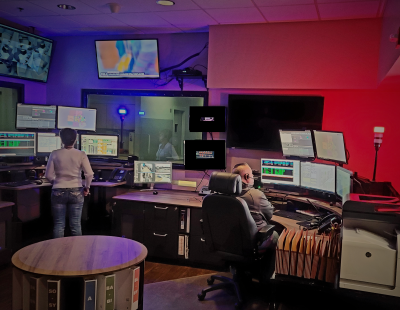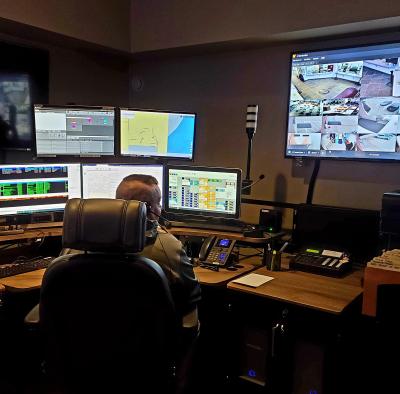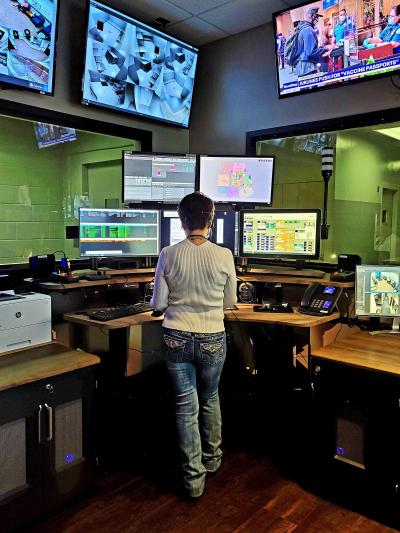
The Communications Center is responsible for answering 9-1-1 and non-emergency calls from the public and sending the appropriate assistance of Police, Fire, and/or EMS. This is the central "hub" at which information flows in and out to emergency responders and citizens. Telecommunicators are licensed by the State of Texas and the first "first" responder on every 9-1-1 call.
Personnel
The Communication Center is staffed 24 hours a day, seven days a week, answering over 35,700 emergency and non-emergency calls last year and monitoring numerous radio channels. The nmcdaniel [at] ci.crowley.tx.us (Support Services Manager) oversees the Telecommunication Supervisor and eight Telecommunication Officers. All Telecommunicators are licensed through the Texas Commission of Law Enforcement (TCOLE) and maintain continuing education each year.
Frequently Asked Questions
-
Why does a Telecommunicator ask so many questions?
- It is a Dispatcher's responsibility to ask questions to get as much information as possible and send the appropriate response to best serve the need of the caller and ensure everyone's safety. These questions do not delay any response by emergency services. We can talk to our First Responders in the field without interrupting the caller.
-
What is the most important thing to tell 9-1-1?
- Location is the most critical thing when calling 9-1-1. Today, 90% of 9-1-1 calls come from cellphones, giving us a general location only. It is also essential to provide a location within a location. Examples are apartment buildings with an apartment number or location within a large area like a park or school. 9-1-1 from a landline (hardwired phone) from a residence or a business will give the Telecommunicator an exact address. If you do not know your address, tell them about cross streets, landmarks, businesses, or things you see.
-
What if I speak another language?
- 9-1-1 is for everyone! If you speak another language, ask for someone who speaks your language. We also utilize a translating service called Language Line. We can get a translator for any language and have the ability to communicate with the deaf/hard of hearing. Getting a translator on the line may take a few moments, so be patient and do not hang up.
- Translators are not available for Text to 9-1-1
-
Can I text 9-1-1?
- Yes, you can. However, the preferred method for contacting 9-1-1 in an emergency is still to call. Texting 9-1-1 is intended for people who cannot speak due to an emergency such as a home invasion or domestic incident, as well as individuals who are deaf, hard of hearing, or have speech disabilities.
- Texting to 9-1-1 is different from calling 9-1-1. When a call is placed to 9-1-1, the call-taker will receive the phone number and the approximate location automatically. When a text is sent to 9-1-1, we still get this information, however, it does take longer with texting to verify this information. For this reason, when a text message to 9-1-1 is sent, it is crucial to give the 9-1-1 call-taker an accurate address or location as quickly as possible. Never text and drive.
- Group text, videos, and audio files are not possible with Text to 9-1-1.
- Remember: Call if you can, text if you can't.


